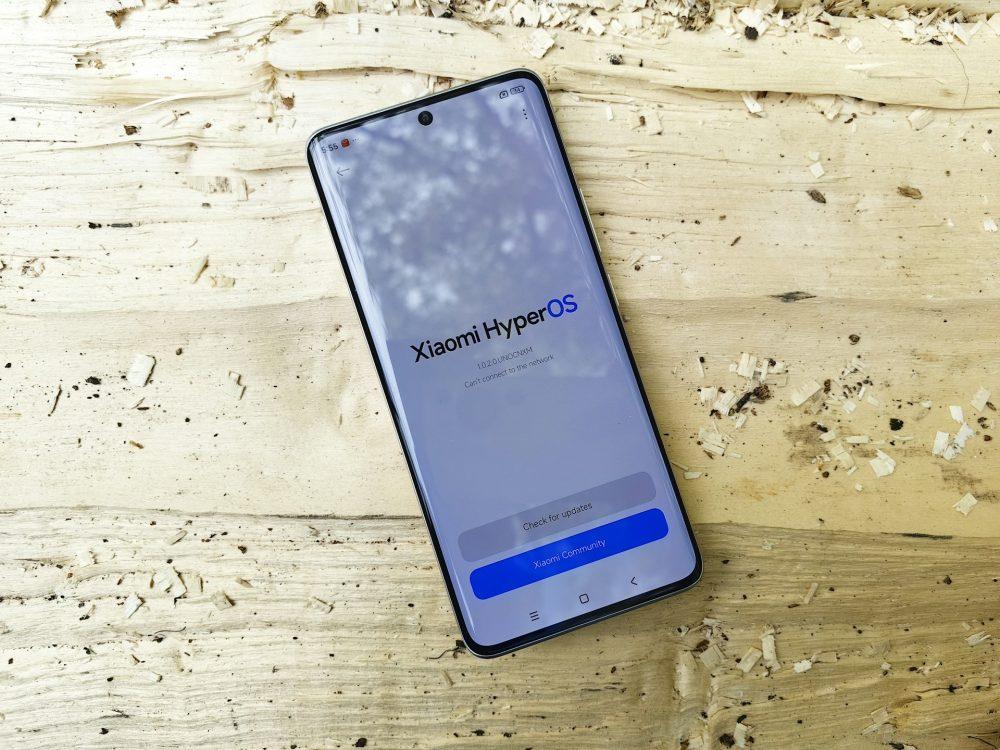In the ever-evolving landscape of Android customizations, MIUI and HyperOS stand out as two prominent contenders. Each offers a unique user experience. One key feature that has garnered attention is the Control Center. It provides quick access to essential settings. In this article, we’ll compare MIUI 14’s Control Center with its predecessor. Then we’ll delve into the distinctive features of HyperOS.
HyperOS Control Center Enhancements
HyperOS builds upon the foundation laid by MIUI 14, introducing notable enhancements to the Control Center.
Music Control Panel
A significant addition to HyperOS Control Center is the Music Control Panel. Users can now manage their music playback directly from the Control Center, offering a seamless and integrated experience.
Enhanced Animation
HyperOS aligns its animations more closely with the iOS aesthetic. The animations have been refined to offer a smoother and visually appealing experience, bringing a touch of familiarity for users transitioning from iOS.
HyperOS Control Center vs Android Control Center
When comparing HyperOS to the Android Control Center, HyperOS boasts significant advantages. Departing from the conventional Android experience, the HyperOS Control Center offers a unique interface. Providing users with extensive customization options, HyperOS stands out with a remarkable difference in interface design. These customization features allow users to have complete control over the appearance and arrangement of quick settings, providing an adaptable experience tailored to individual preferences. Furthermore, HyperOS’s innovative motion control features offer users a distinctive and intuitive interaction with their devices. Therefore, the HyperOS Control Center stands apart by delivering a more original and personalized experience for Android users.
In the realm of Android customization, both MIUI 14 and HyperOS bring compelling features to the Control Center. MIUI 14 distinguishes itself with the addition of dedicated Music and Volume Control Panels, as well as refined animations reminiscent of iOS. On the other hand, HyperOS stands out with its unique design philosophy, extensive customization options, and innovative gestures.
The choice between MIUI 14 and HyperOS ultimately depends on individual preferences. Users seeking a refined and iOS-inspired experience may gravitate towards MIUI 14, while those desiring a unique and highly customizable interface might find HyperOS more appealing. As these customizations continue to evolve, users can expect even more exciting features in future updates.










